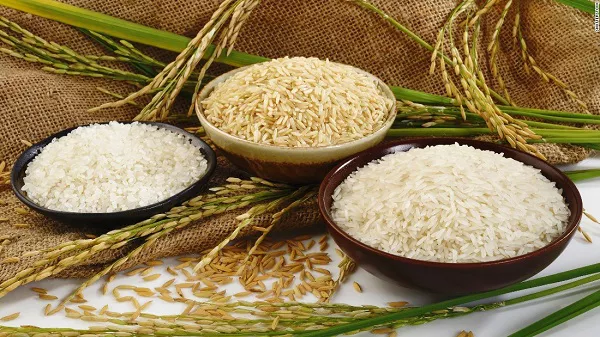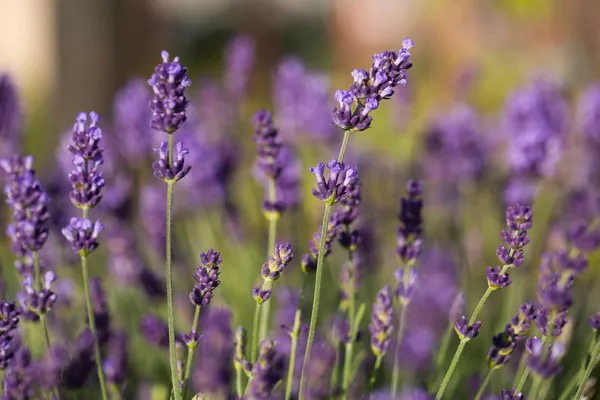Rice is not just a staple food; it is a cornerstone of culture, economy, and sustenance for over half of the world’s population. With its roots tracing back thousands of years, rice cultivation has evolved into a sophisticated industry that spans continents. This article delves into the top 10 rice-producing areas globally, examining their contributions, unique cultivation practices, and the impact on local and global economies.
Top 10 Rice Producing Areas in the World
1. China
China, the world’s most populous country, unsurprisingly leads in rice production. In regions like the Yangtze River Basin and the provinces of Guangdong, Hunan, and Jiangxi, rice farming is an ancient practice. The country’s annual rice production exceeds 210 million metric tons, accounting for nearly 30% of global output.
China’s success in rice production is attributed to its advanced agricultural techniques, extensive irrigation systems, and government support for research and development in high-yield varieties. The introduction of hybrid rice by agronomist Yuan Longping in the 1970s revolutionized rice farming, significantly boosting yields and food security.
2. India
India stands as the second-largest rice producer, with an annual output of approximately 170 million metric tons. The Indo-Gangetic Plains, encompassing states like West Bengal, Uttar Pradesh, and Punjab, are the heartlands of rice cultivation. The Kharif season (monsoon) is crucial, as it provides the necessary water for paddy fields.
India’s diverse climatic conditions allow for the cultivation of various rice varieties, including Basmati, known for its aromatic grains. The government’s Minimum Support Price (MSP) policy ensures farmers receive fair compensation, encouraging higher production levels. Moreover, the Green Revolution of the 1960s introduced high-yield varieties and modern farming techniques, significantly enhancing productivity.
3. Indonesia
Indonesia, with its tropical climate and fertile volcanic soil, produces around 55 million metric tons of rice annually. The primary regions include Java, Sumatra, and Sulawesi, where rice paddies are a common sight. The Indonesian government’s self-sufficiency policy in rice has led to extensive support for farmers through subsidies and infrastructure development.
Traditional farming methods, such as the Subak system in Bali, coexist with modern techniques, creating a unique blend of ancient and contemporary practices. This system, which integrates water management with religious rituals, has been recognized by UNESCO as a cultural heritage.
See Also: Top 10 Cotton Producing Countries – China Ranks First
4. Bangladesh
Bangladesh, despite its small size, is a powerhouse in rice production, yielding about 54 million metric tons annually. The deltaic plains of the Ganges-Brahmaputra-Meghna (GBM) river system provide fertile land for extensive rice cultivation. The Aman, Boro, and Aus seasons cater to different planting and harvesting times, ensuring a steady supply throughout the year.
The government and NGOs actively support farmers through initiatives like the dissemination of flood-resistant and high-yield rice varieties. Technological advancements, such as the use of mobile apps for agricultural advice, have also played a role in boosting productivity.
5. Vietnam
Vietnam is a significant player in the global rice market, producing around 45 million metric tons annually. The Mekong Delta, often referred to as the “Rice Bowl” of Vietnam, accounts for over 50% of the country’s rice production. The Red River Delta in the north is another crucial area.
Vietnam’s rice industry benefits from favorable climatic conditions, rich alluvial soil, and a network of canals that facilitate irrigation. The government has implemented policies to support rice exports, making Vietnam one of the top exporters globally. Innovations in rice farming, such as the System of Rice Intensification (SRI), have improved yields and sustainability.
6. Thailand
Thailand, known for its premium quality Jasmine rice, produces about 33 million metric tons of rice annually. The central plains, particularly the Chao Phraya River Basin, are the main rice-growing areas. Thai rice is renowned for its fragrance and taste, making it highly sought after in international markets.
The Thai government’s rice pledging scheme, which guarantees a high price for rice, has encouraged farmers to maintain high production levels. However, this policy has also faced criticism for its financial sustainability. Despite these challenges, Thailand remains a leading exporter, with a strong emphasis on maintaining the quality of its rice.
7. Myanmar
Myanmar, with its favorable climate and abundant water resources, produces around 26 million metric tons of rice annually. The Irrawaddy Delta and the regions around the Ayeyarwady River are the primary rice-producing areas. Rice is a staple food and a critical part of the local economy.
Myanmar’s transition from military rule to a more open economy has led to increased foreign investment and technological adoption in agriculture. The government and international organizations are working to improve infrastructure and provide farmers with better access to markets and modern farming techniques.
8. Philippines
The Philippines produces approximately 19 million metric tons of rice each year. The country’s rice production is concentrated in the Cagayan Valley, Central Luzon, and the Western Visayas. The monsoon climate and fertile volcanic soil contribute to high yields.
The Philippine government has implemented various programs to support rice farmers, including the National Rice Program, which focuses on increasing productivity through the use of high-yield varieties and improved farming practices. The International Rice Research Institute (IRRI), based in the Philippines, plays a crucial role in research and development, benefiting local and global rice production.
See Also: Top 10 Durian Producing Countries – Thailand Ranks No.1
9. Brazil
Brazil is the largest rice producer in South America, with an annual production of about 11 million metric tons. The southern states of Rio Grande do Sul and Santa Catarina are the main rice-growing regions, benefiting from a temperate climate and abundant water resources.
Brazilian rice farming is characterized by large-scale mechanized operations, which contribute to high productivity levels. The government supports the rice industry through research, infrastructure development, and export promotion. Brazil is also exploring sustainable farming practices to reduce environmental impacts and improve long-term viability.
10. Japan
Japan produces around 8 million metric tons of rice annually, primarily in regions like Niigata, Akita, and Hokkaido. Rice farming in Japan is highly mechanized and benefits from advanced agricultural technology. The country is known for its high-quality rice varieties, such as Koshihikari, which are prized for their flavor and texture.
The Japanese government heavily subsidizes rice farming to maintain self-sufficiency and support rural economies. Policies such as the direct payment system for rice farmers help stabilize income and encourage continued production. Despite the high production costs, Japan’s focus on quality and tradition ensures its rice remains a staple in the domestic market.
Conclusion
The top 10 rice-producing areas in the world demonstrate the importance of this staple crop in feeding the global population. From the vast paddies of China and India to the technologically advanced fields of Japan, rice cultivation is a testament to human ingenuity and adaptation. As the world faces growing food security challenges, the continued innovation and support for rice farmers will be crucial in sustaining this vital agricultural sector.
You Might Be Interested In:

























